







Following the coast northwards, these trip notes will guide 4W drivers through a maze of sand tracks beyond Two Rocks and between Guilderton and Seabird. Travellers should be aware that the Shire of Gingin does not allow beach driving at the mouth of the Moore River. The latter authority also prohibits camping anywhere along the coast other than at official camping grounds, and has a restricted fire season from October through March.
The Gingin Ranger has specifically requested that 4W drivers avoid a small hill forming part of the frontal dune near Cape Leschenault about 2km south of Seabird. The hill requires rehabilitation so please don’t drive on it. Throughout the route, the usual 4WD code of conduct applies. Reduce your tyre pressures on sandy surfaces, obey all signs and do not deviate from tracks already formed. It is a good idea to fly a flag on a high pole for visibility on this route.
Please note that you can purchase this and 14 more great day trips out of Perth in 4WD Days out of Perth (5th Edition)
The Moore River, the major natural feature you’ll come across on this trip, rises near Walebing and flows about 200km to the sea. The existence of its mouth was reported by Captain Thomas Bannister after explorations in 1830 and its inland course was traced for some distance by George Fletcher Moore in May 1836. The connection between Moore’s ‘Garban’ River (its Aboriginal name) and the embouchure was established by Surveyor General John Septimus Roe during his search for the survivors of George Grey’s ill-fated exploration party in 1839.
The river mouth, which was known as ‘Gabbadah’ to the Aborigines and early settlers, became a popular camping spot for local pastoralists as early as the 1880s. A shack had been erected there by the de Burgh family by 1893 and a camping reserve was set aside there a few years later. The reserve contained three cottages for rent and a well and was managed by the Gingin Roads Board. By 1910, a public road had been constructed to ‘Gabbadah’ and campers began using motor vehicles to get there. The spot was popular and Gingin ratepayers first asked that town lots be made available there in 1920. The coast was closed to casual traffic during the war years and the army occupied the cottages.
After the war the demand for a townsite there was renewed and Guilderton was eventually gazetted in 1951. The name was suggested by Mrs Henrietta Drake-Brockman, a local historian, and links the town with the wreck of the Vergulde Draek (Gilt Dragon) in 1656 and the loss of a fortune in Dutch guilders she was carrying. The later discovery of that wreck off Ledge Point further north, and the subsequent saga regarding ownership of her treasure, is another story.
Seabird is named after the schooner Seabird which was stranded ashore near Cape Leschenault with a gaping hole in her port side on 22 June 1874. Her cargo consisted mainly of oregon timber but she was also carrying dry goods and beer. The cargo was auctioned at Gingin and fetched £421, but much of the timber was salvaged from the beach by locals and the homes of several pastoralists in the district boast oregon beams. During the 1950s, an unofficial fishing settlement was started near the wreck site by H.W. McCormick who began fishing there using a salvaged lifeboat from the J.P. Webb, a vessel wrecked on the offshore reef in August 1951. Other squatters followed, leading to the decision to create an official townsite in the mid ’60s. When the choice of a name fell on the then ‘Nomenclature Advisory Committee’ (now the Geographic Names Committee) ‘Chalon’ was suggested. This was because of the association with nearby Cape Leschenault, named by the 1801-03 French Scientific Expedition after their botanist, Jean Baptiste Leschenault de la Tour. This is the same Leschenault after whom the brilliant blue Western Australian wildflower is named. The proposed name was after Leschenault’s birthplace, Chalon-sur-saone in France; however, the French connection did not impress local residents who were strongly in favour of Seabird and their preferences won the day.
Regardless of the type of adventure you are embarking on, keeping the basics in your vehicle means that you should be bale to deal with most situation that may arise.
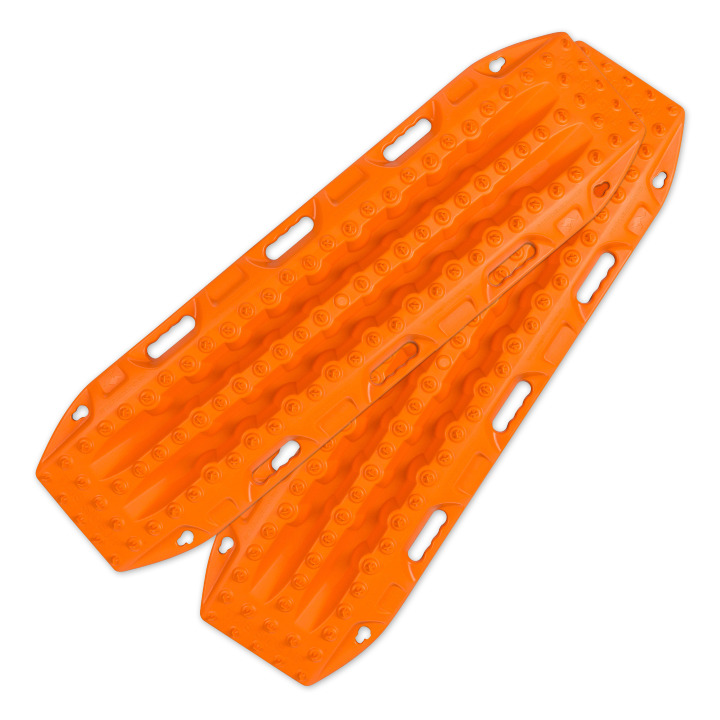
Great for getting yourself out of a sandy situation. They also work really well in mud.
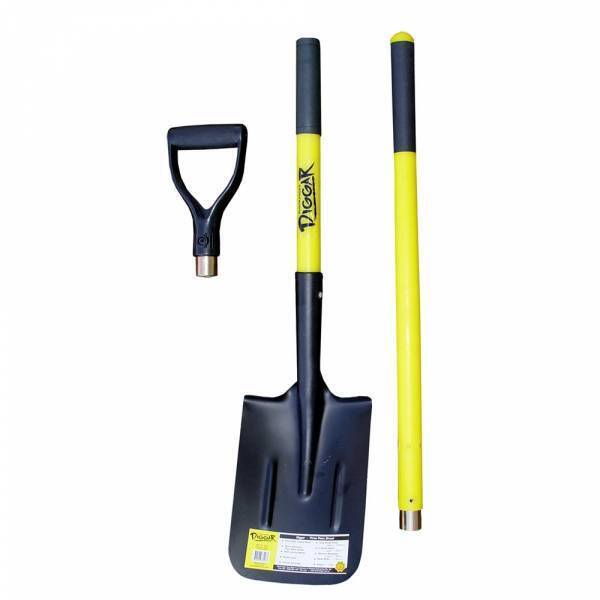
You never know when you are going to have to dig yourself out of trouble or when there is a call of nature that requires a hole.
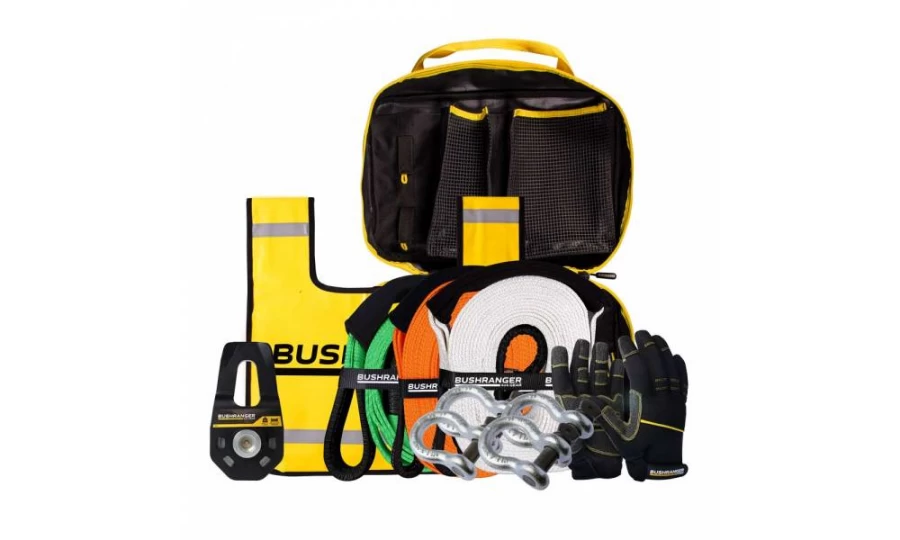
You don’t always need this equipment BUT when you do, you do. Best to ensure that it is always in your vehicle.

Much better than a stick and a lot more accurate. You will more than likely need to adjust tyre pressure on this trip.
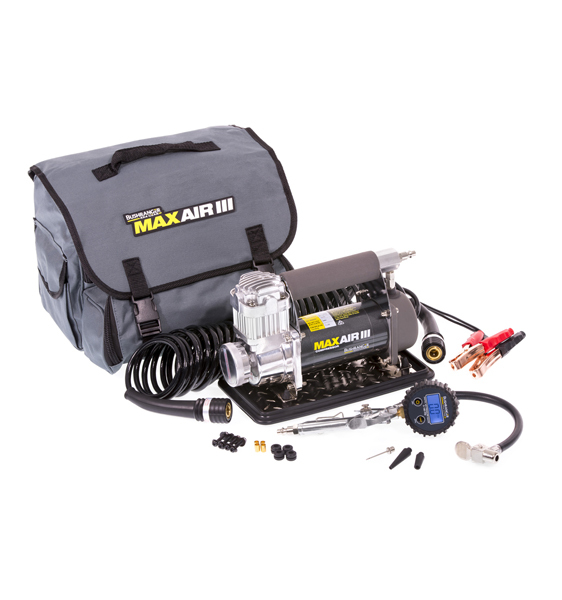
If you need to let your tyres down for any reason then you will also need to pump them back up again.
Being so close to Perth is no reason to disregard the basic planning process. Make sure you let someone know where you are going and when you intend to be home. Mobile phone coverage should not be relied upon. This could impact how well Google Maps (or equivalent works) and you should either invest in a good quality GPS unit or ensure you have a map of the area.
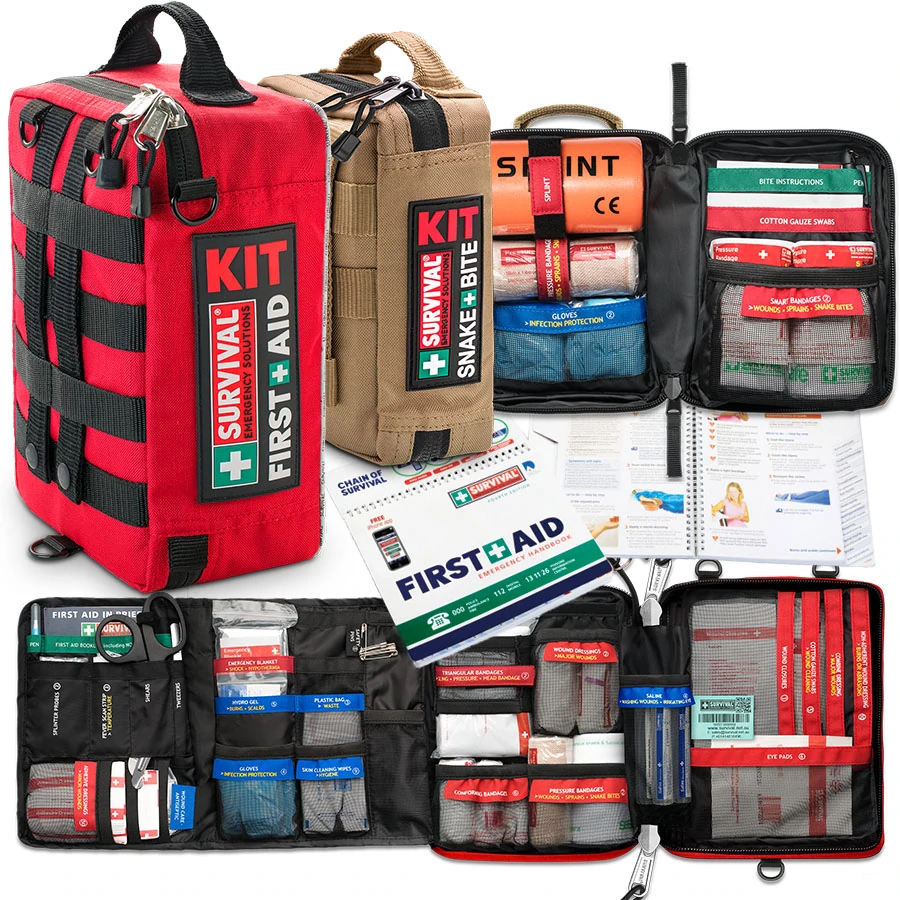
Something to deal with minor cuts and scrapes as well as compression bandages to treat snake bite.
Make sure you have some sunscreen and insect repellant with you.
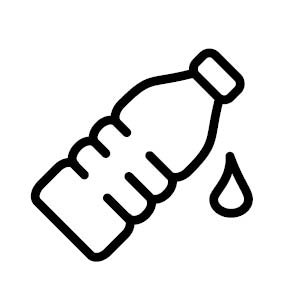
Ensure there is enough water in the vehicle for everyone who is coming with you.
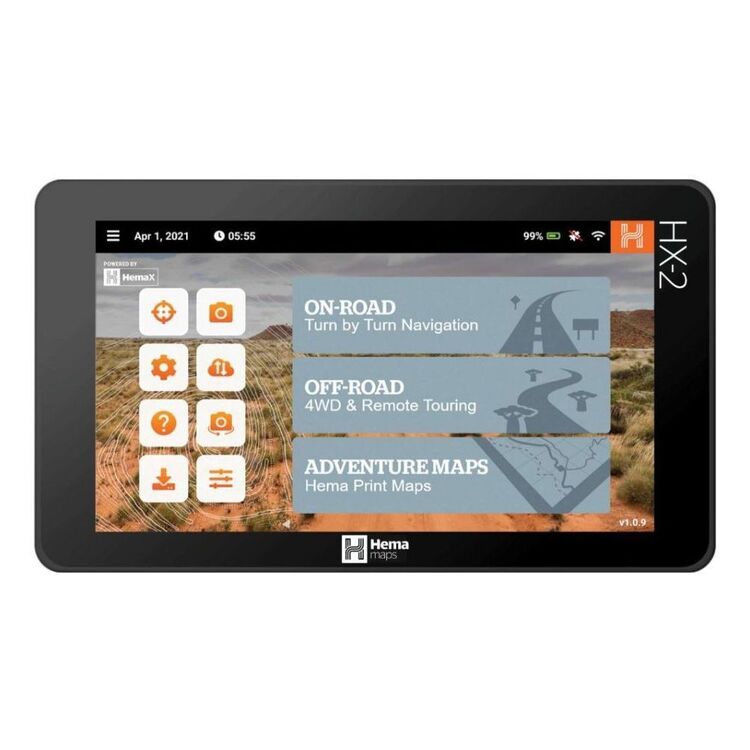
We use and recommend HEMA’s HX2 GPS navigator. The unit does not require mobile phone signal to operate, shows you exactly where you are and what is around you (including points of interest and facilities). The HX2 also gives you turn by turn navigation when back on the bitumen if you need it.
Your other option is to grab a copy of one of HEMA’s maps or 4WD atlas relevant to your area of travel.
If you have a smart phone or an iPad (preferably one that can take a mobile SIM card – you don’t need a SIM installed) you can look at HEMA’s CamperX or 4×4 Explorer.
Keep a roll in the car, along with hand sanitiser and maybe some wipes. Make sure you have a rubbish bag handy and bring all of your rubbish home.
Don’t spend the entire trip driving, make sure you stop and explore. It’s a great opportunity to build some memories with the family.
Time your trip so you stop at Mt Observation and have either morning tea or a picnic lunch there. Spend some time exploring the area and take in some of the views.
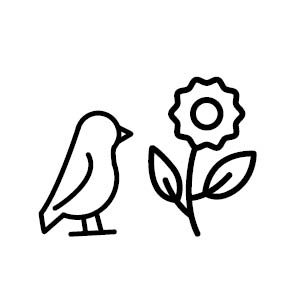
When you stop and sit for a little while you will be amazed at the amount of wildlife that you will spot.
Take a camera and try your hand at some scenic shots or even some macro. It’s also a great spot to get some nice portrait shots of friends and family or even a candid shot of them enjoying nature.
There are a couple of ways that you can get your hands on the instructions for this little adventure.
Grab a copy of 4WD Days out of Perth (5th Edition) from our web shop or your nearest 4WD accessory store.
You can also purchase our basic Fact Sheet and Map from our web shop for $2.95